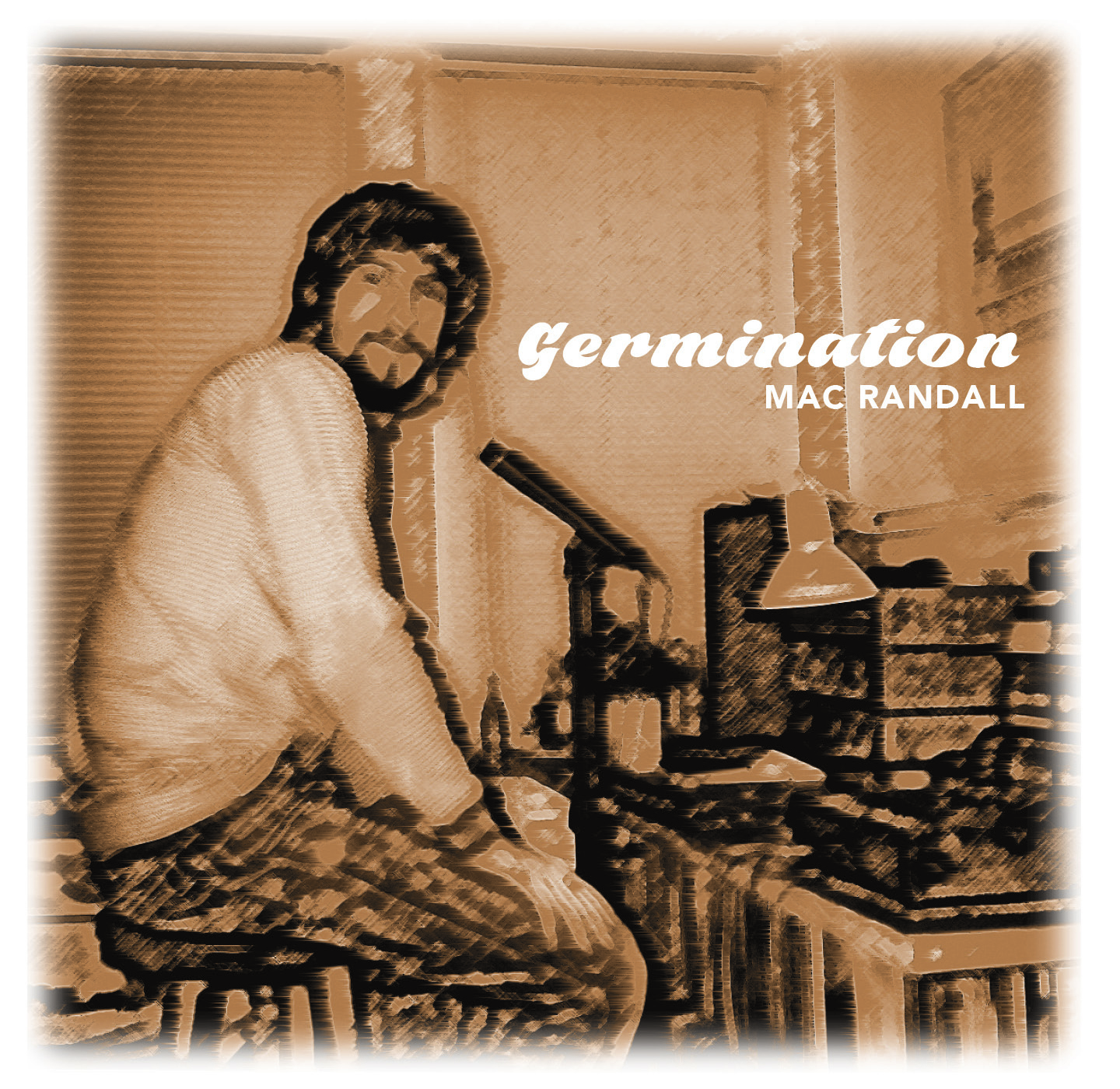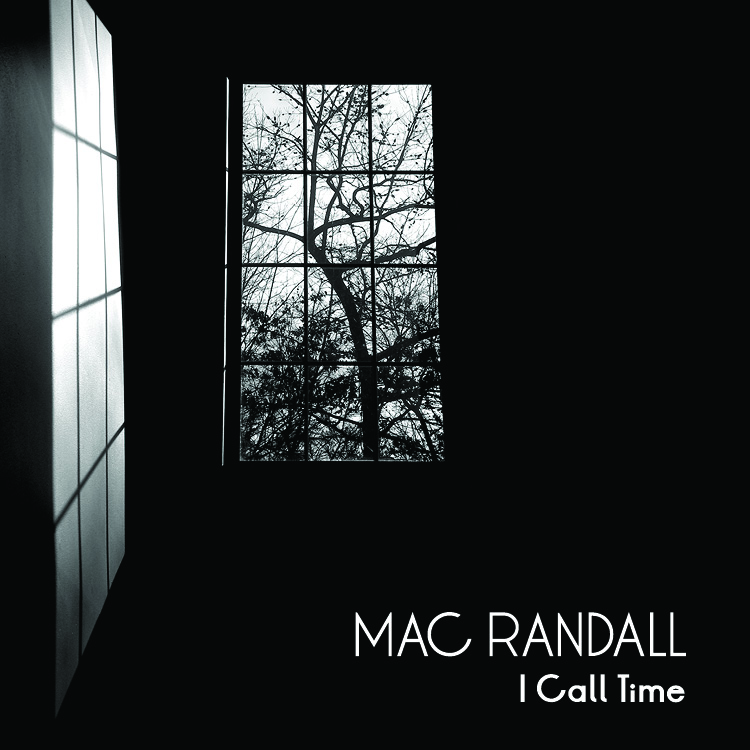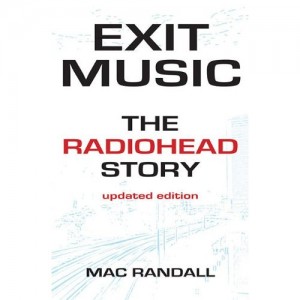A Blurry look back (Part 2): The early music
So I’ve been on a Blur kick recently—you can read more about it in the first episode of this series—and in the depths of my obsession I decided, among other things, to listen to the entirety of the band’s 21-disc boxed set career retrospective, Blur 21, and write something about it.
Here’s how Blur 21 is organized: The first seven Blur albums are presented in chronological order and in their entirety, with each one getting a bonus disc of B-sides, castoffs, and oddments dating from the same period. Four discs of rarities, also presented in chronological order, complete the audio part of the package. The three final discs are DVDs made up principally of live performances, weighted heavily toward the late ’90s; entertaining as they can be, I won’t focus on them here.
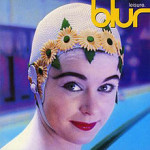 Discs 1 and 2: Leisure (1991). At this early stage, Blur doesn’t quite know what it is, a forgivable flaw in a young band. Unfortunately, the people at Blur’s record company don’t know what Blur is either, but they think they do. The result is a hodgepodge of two styles that were prevalent in British music of the time, “shoegazer” indie rock and “baggy” dance-pop. About half the album stands up well today. The rest will be enjoyable to those who lived through the early 1990s and don’t mind a little aural nostalgia—I, for one, fall firmly into that category—but anyone else would most likely deem it a waste of time. The B-sides gathered on disc 2, many of them excellent, suggest what Blur’s debut could have sounded like. Tracks like “Inertia,” “Mr. Briggs,” and “Luminous” have an appealing psychedelic atmosphere, at times reminiscent of early Pink Floyd (an influence that would pop up again in later years).
Discs 1 and 2: Leisure (1991). At this early stage, Blur doesn’t quite know what it is, a forgivable flaw in a young band. Unfortunately, the people at Blur’s record company don’t know what Blur is either, but they think they do. The result is a hodgepodge of two styles that were prevalent in British music of the time, “shoegazer” indie rock and “baggy” dance-pop. About half the album stands up well today. The rest will be enjoyable to those who lived through the early 1990s and don’t mind a little aural nostalgia—I, for one, fall firmly into that category—but anyone else would most likely deem it a waste of time. The B-sides gathered on disc 2, many of them excellent, suggest what Blur’s debut could have sounded like. Tracks like “Inertia,” “Mr. Briggs,” and “Luminous” have an appealing psychedelic atmosphere, at times reminiscent of early Pink Floyd (an influence that would pop up again in later years).
When I first heard Leisure in 1991, I liked the drony single “She’s So High” and a couple of other songs, so I recorded them on cassette off a borrowed CD. I didn’t listen to them again for years, and took no further notice of Blur until 1995, when Dev Sherlock, my colleague at Musician magazine, repeatedly urged me to check them out again. I was playing catch-up for a while after that, but it sure was fun.
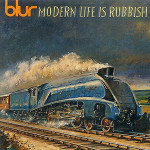 Discs 3 and 4: Modern Life Is Rubbish (1993). What I’d missed was this—Blur’s first big style shift, into what we now call Britpop. All of a sudden, Damon Albarn was telling sharp-eyed stories about very British characters and situations: the smugly punctual Colin Zeal, the boisterous regulars at Villa Rosie, the uncertain young couple taking a drive to Primrose Hill in “For Tomorrow,” the disenchanted protagonists of “Chemical World” (whose chemicals of choice, for the record, are chocolate and sugary tea). And he was telling these stories over melodious but wildly arcing music that reveled in its own jaggedness. Take the verses of “Star Shaped,” for example: The chord progression starts with a standard A-to-F#m move, then climbs up a teasing half-step to G. At this point, both musical convention and the shape of the tune would seem to dictate a downward change to E, but instead the progression goes up yet another half-step, ending on G#m and brilliantly overturning all our expectations.
Discs 3 and 4: Modern Life Is Rubbish (1993). What I’d missed was this—Blur’s first big style shift, into what we now call Britpop. All of a sudden, Damon Albarn was telling sharp-eyed stories about very British characters and situations: the smugly punctual Colin Zeal, the boisterous regulars at Villa Rosie, the uncertain young couple taking a drive to Primrose Hill in “For Tomorrow,” the disenchanted protagonists of “Chemical World” (whose chemicals of choice, for the record, are chocolate and sugary tea). And he was telling these stories over melodious but wildly arcing music that reveled in its own jaggedness. Take the verses of “Star Shaped,” for example: The chord progression starts with a standard A-to-F#m move, then climbs up a teasing half-step to G. At this point, both musical convention and the shape of the tune would seem to dictate a downward change to E, but instead the progression goes up yet another half-step, ending on G#m and brilliantly overturning all our expectations.
Little touches of genius like this abound on Modern Life Is Rubbish. Although its reference points are obvious and many—Lennon and McCartney, Difford and Tilbrook, Ray Davies, Pete Townshend, Syd Barrett, David Bowie, the Buzzcocks, Wire, XTC, Madness, and just about anyone else who ever sang a pop song in an English accent—Albarn and crew consistently mix and match those references in unusual ways, with a confidence bordering on brashness that’s unique to them. This doesn’t mean the album is perfect. With the tiresome but mercifully brief “Interlude” and “Commercial Break,” Blur introduces the first of way too many jokey instrumentals into its oeuvre. The band also occasionally falls prey to the delusion that repeating things over and over equals intensity. That tactic works once, on the firestorm coda of “Oily Water,” but the hand gets overplayed on “Miss America” and “Resigned,” which are nice enough at first but soon begin to drift dreamily without clear purpose.
Still, Blur was generally operating at a high level indeed in the Modern Life era. The bonus disc further reinforces that impression, containing another album’s worth of exemplary tracks. The frenetic 1992 single “Popscene,” punctuated by chunky horns, is a turning point in the band’s evolution; its lines about “clever clone[s]” repeating themselves endlessly “in the absence of a way of life” acknowledge that following the whims of fashion could no longer be Blur’s way. The 1993 B-sides “When the Cows Come Home” and “Young and Lovely” are witty, tender, pitch-perfect homages to, respectively, Arthur-era Kinks and Hunky Dory-era Bowie. All three of these songs are career highlights, and another 10 neighboring tracks are nearly as good.
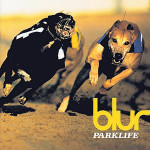 Discs 5 and 6: Parklife (1994). This is where everything came together and Blur became stars, at least in a large part of the world. Parklife is arguably the band’s best album and the defining statement of Britpop, but it’s not quite the statement many think it is. Despite all the Cool Britannia associations that have settled on them like springtime pollen over the years, these songs do not exactly celebrate the United Kingdom of the mid-1990s. In the picture Albarn paints here, the working classes aren’t working (as guest star Phil Daniels grunts in the title track, “I put my trousers on, have a cuppa tea, and I think about leaving me house”), while the middle classes are just a bunch of cogs in the corporate machine, waiting impatiently for the next bank holiday, which “comes with a six-pack of beer, then it’s back to work A-G-A-I-N.” (We’ll get to the upper classes on the next album.) The young have little more to look forward to than hedonistic bouts of sex on holiday in Greece and the “nasty blisters” that inevitably follow. A civil servant has a nervous breakdown and bulldozes down his own house. Even the Queen herself has “gone round the bend/Jumped off Land’s End.” In other words, modern life is rubbish.
Discs 5 and 6: Parklife (1994). This is where everything came together and Blur became stars, at least in a large part of the world. Parklife is arguably the band’s best album and the defining statement of Britpop, but it’s not quite the statement many think it is. Despite all the Cool Britannia associations that have settled on them like springtime pollen over the years, these songs do not exactly celebrate the United Kingdom of the mid-1990s. In the picture Albarn paints here, the working classes aren’t working (as guest star Phil Daniels grunts in the title track, “I put my trousers on, have a cuppa tea, and I think about leaving me house”), while the middle classes are just a bunch of cogs in the corporate machine, waiting impatiently for the next bank holiday, which “comes with a six-pack of beer, then it’s back to work A-G-A-I-N.” (We’ll get to the upper classes on the next album.) The young have little more to look forward to than hedonistic bouts of sex on holiday in Greece and the “nasty blisters” that inevitably follow. A civil servant has a nervous breakdown and bulldozes down his own house. Even the Queen herself has “gone round the bend/Jumped off Land’s End.” In other words, modern life is rubbish.
What makes the album feel like a celebration is the music’s exuberance. The irresistible Alex James bass line that gives “Girls & Boys” its slinky spine; the roaring Graham Coxon guitar chords that tear open the middle of “Trouble in the Message Centre”; the unsafe speed at which Dave Rowntree pounds his snare and crash to mark the climax of “Bank Holiday”—all these things set the lyrics’ bitterness and despair in relief, giving the songs a complete set of dimensions. Elsewhere, on the wistful “To the End,” we get the first real, and welcome, hint that Albarn is not just a “clever clone” but a singer and songwriter of real emotional depth.
Sadly, the inspiration that radiates from just about every track on Parklife didn’t carry over to most of the other songs Blur recorded during this time. With only a few exceptions (most notably the flamboyant “Theme from an Imaginary Film” and the Brian Eno-esque “Threadneedle Street”), the B-sides on the bonus disc are a pretty poor lot. But if the process of making them and then setting them aside helped in any way to give the main album its focus, that’s a small price to pay.
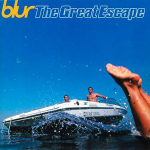 Discs 7 and 8: The Great Escape (1995). Frankly, I’m tired of people putting this album down, including the people who made it. To my mind, it’s at least the equal of Parklife. While keeping the memorable-tune quotient admirably high, it goes further into the darkness that was lurking just under the surface of its predecessor. Disconnection and spiritual emptiness are the common themes in songs populated by spouses who can’t stand each other anymore (“Fade Away”), office workers dehumanized by the endless demands of their jobs (“Yuko and Hiro”), jaded suburban swingers looking for a thrill (“Stereotypes”), and lottery ticket buyers falling for an illusion of potential happiness (“It Could Be You”). One of the main criticisms of The Great Escape is that Albarn is mocking the plights of his characters, turning them all into cartoons. This may be true in part, but not on the whole. The empathetic ache in his voice on tracks like “Best Days,” “He Thought of Cars,” and especially the sorrowful last line of “Ernold Same” (“Nothing, nothing will change tomorrow”) is proof enough of that.
Discs 7 and 8: The Great Escape (1995). Frankly, I’m tired of people putting this album down, including the people who made it. To my mind, it’s at least the equal of Parklife. While keeping the memorable-tune quotient admirably high, it goes further into the darkness that was lurking just under the surface of its predecessor. Disconnection and spiritual emptiness are the common themes in songs populated by spouses who can’t stand each other anymore (“Fade Away”), office workers dehumanized by the endless demands of their jobs (“Yuko and Hiro”), jaded suburban swingers looking for a thrill (“Stereotypes”), and lottery ticket buyers falling for an illusion of potential happiness (“It Could Be You”). One of the main criticisms of The Great Escape is that Albarn is mocking the plights of his characters, turning them all into cartoons. This may be true in part, but not on the whole. The empathetic ache in his voice on tracks like “Best Days,” “He Thought of Cars,” and especially the sorrowful last line of “Ernold Same” (“Nothing, nothing will change tomorrow”) is proof enough of that.
Even “Country House”—a song seemingly reviled by everyone as soon as it dropped from No. 1 on the U.K. singles charts—fits well into this pattern. The upper-class version of “Parklife” and “Bank Holiday,” its message is: Yes, the rich have more money, but they’re spending it on shrinks and Prozac to dull the pain of living, which is no more pleasant for them than for anyone else. For most of the song, Albarn does appear to be poking fun at his “city dwellah, successful fellah,” with a jovial Muswell Hillbillies-style horn section leading the laughter. But then along comes the bridge, which ditches the hilarity and cuts right to the heart of the wealthy man’s predicament: “Blow, blow me out, I am so sad, I don’t know why.” These words continue to be repeated over the catchy chorus as the song fades out, a reminder of the abyss. This song is not an embarrassment, and it’s by no means shallow; it is in fact, like the album it graces, a top-notch piece of work.
The same can’t be said for all the B-sides on disc 2, but the percentage of decent tunes here is higher than it was on Parklife’s extra disc. Highlights include “One Born Every Minute,” “No Monsters in Me,” and the hard-rocking “Tame,” which bristles with a harsh, in your-face aggression that feels like an early sign of Blur’s next direction.
For more about that, please continue to Part 3.

